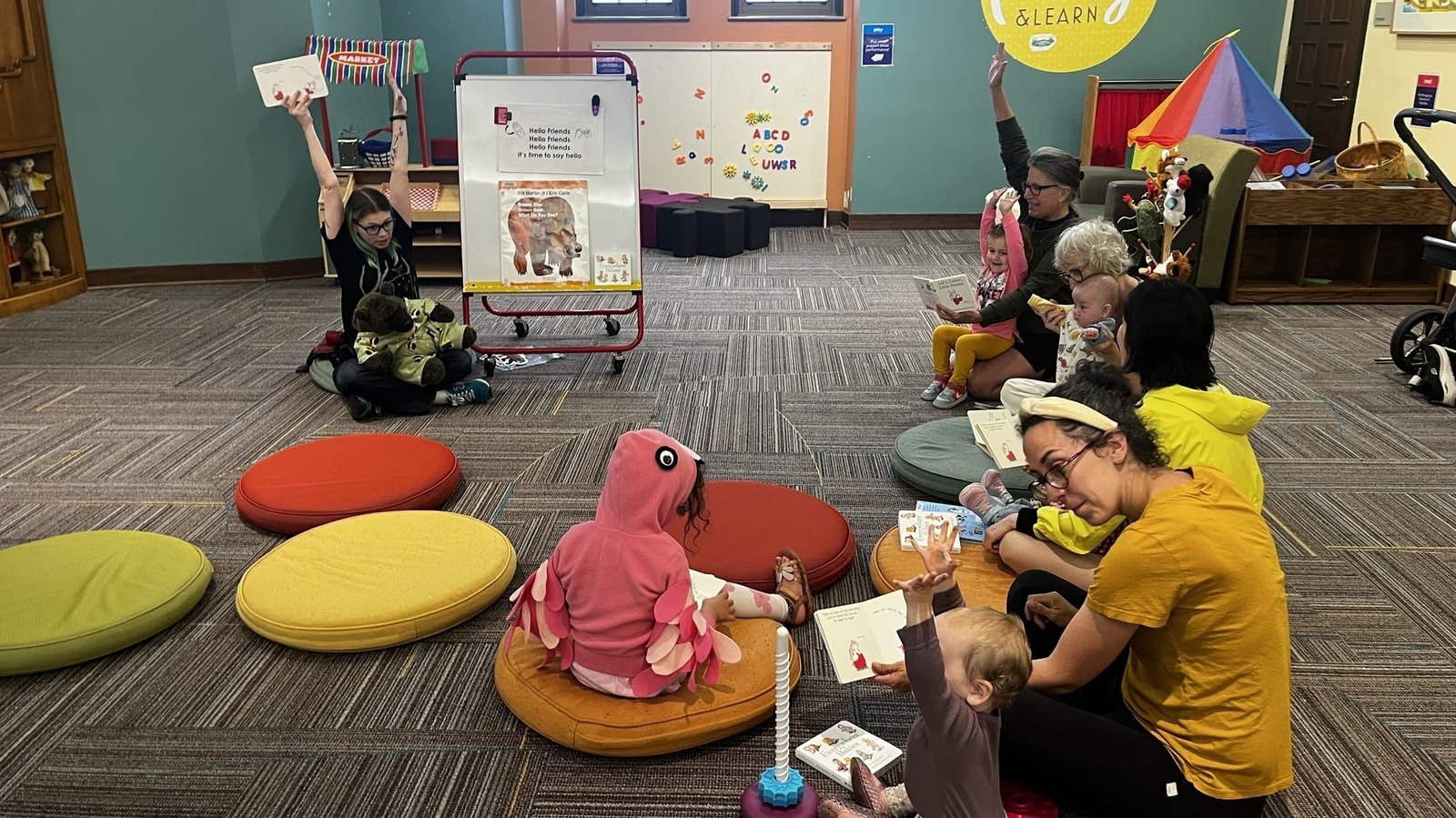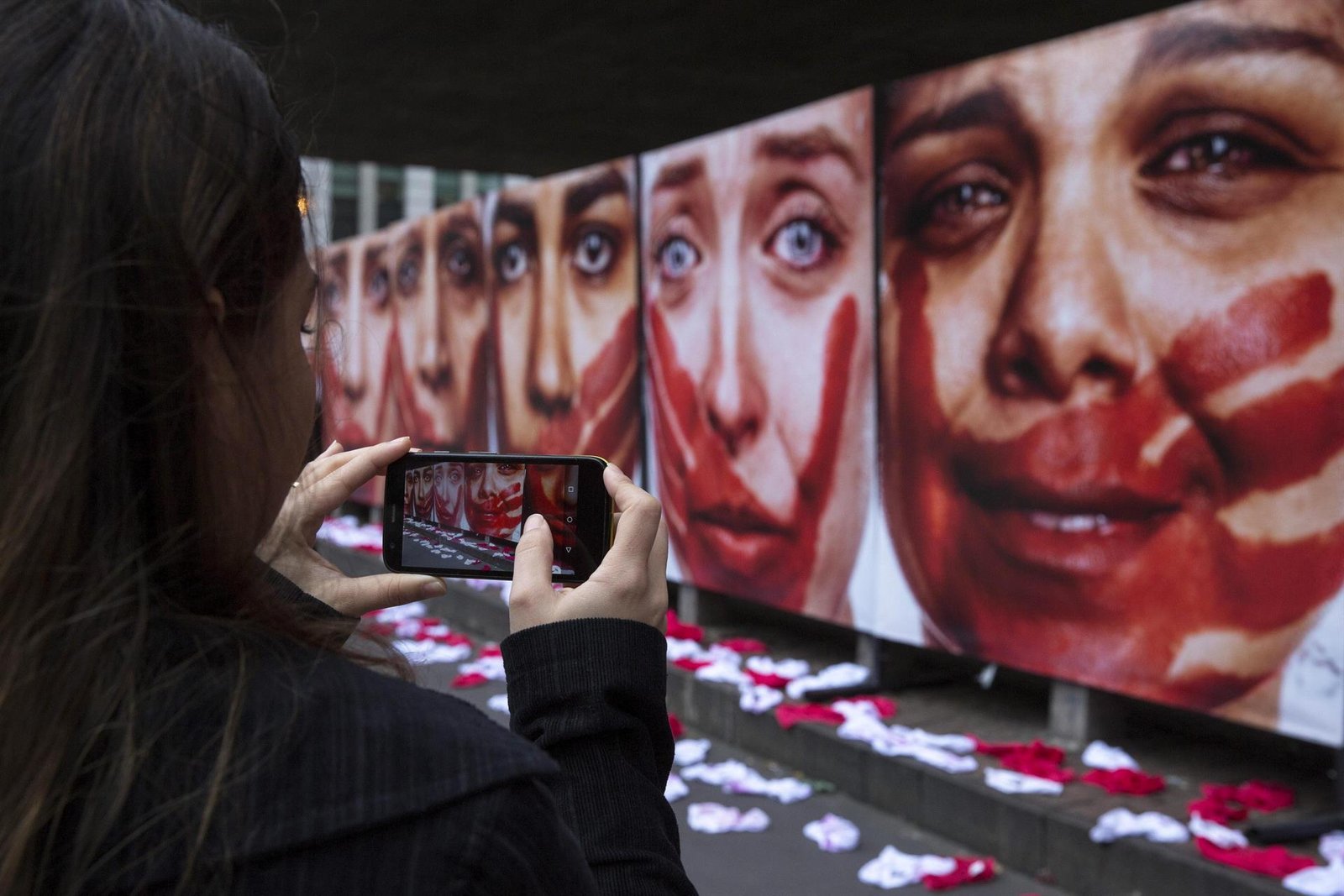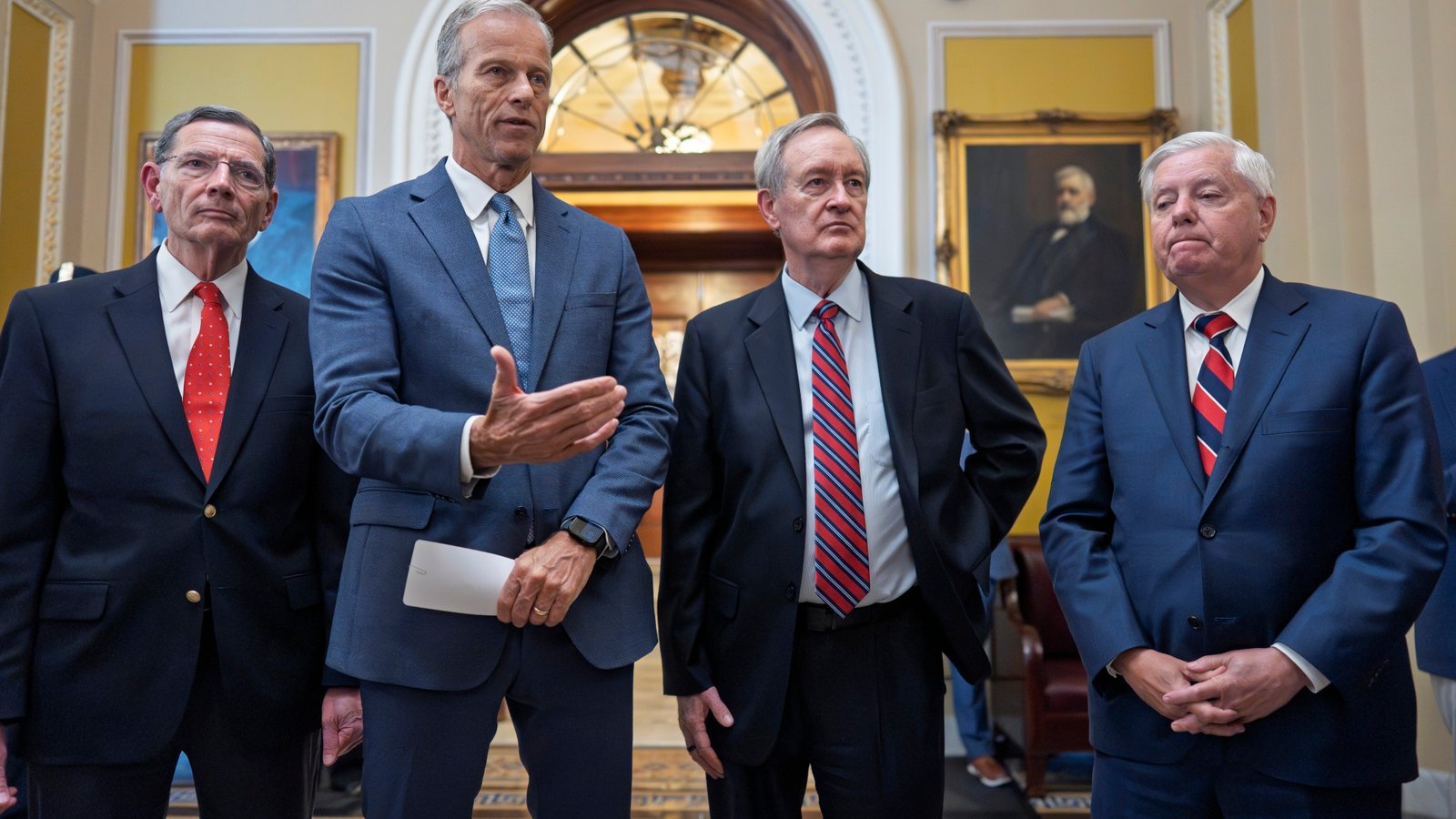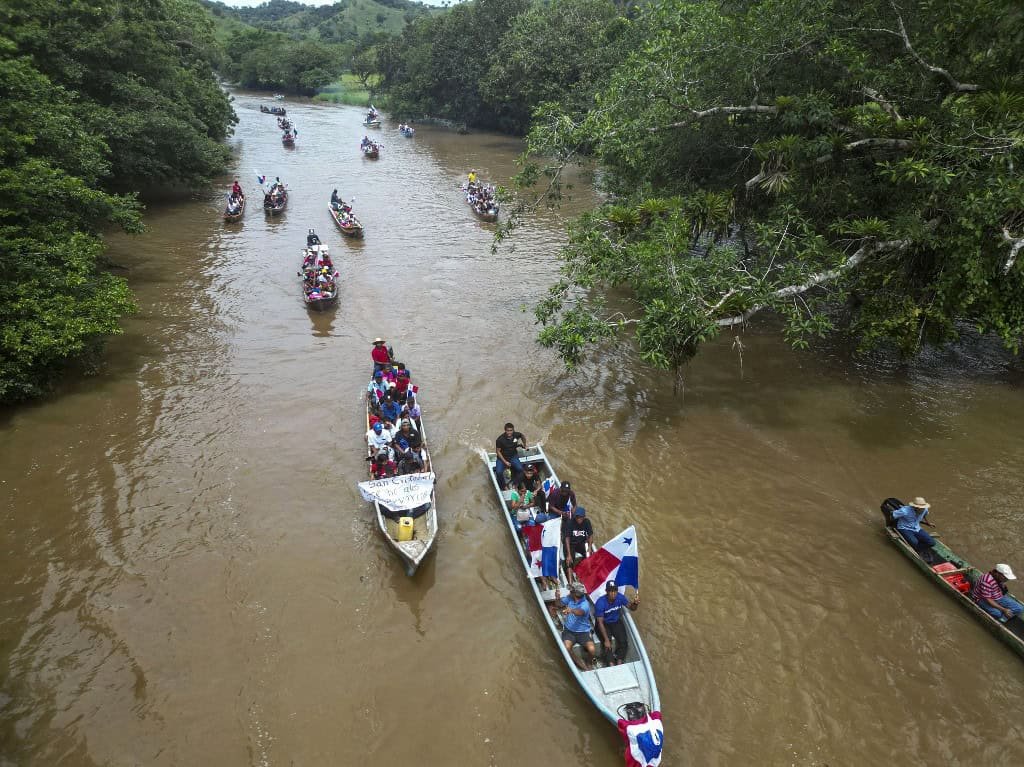Once upon a time, babies and toddlers gathered at the George Latimer Central Library in St. Paul for story time. They oohed and ahhed at the pictures, laughed at funny phrases — and they subconsciously made important connections about the world around them.
Telling fantastical stories to children is a tradition that’s been part of life in every country and every human era, but it’s been thought of mostly as entertainment: an incredible tale filled with magical creatures that makes the kids laugh and maybe gasp.
But it goes much deeper. Research shows fairy tales are portals that help children and adults better understand their world.
“We tend to think that these are very soothing tales only for children, but they never were for children, and still really are not for children, although children like them and use them because the tales resound with them,” said Jack Zipes, a University of Minnesota researcher and one of the world’s leading experts on fairy tales and how they help young children navigate their lives.
With 50 years of fairy tale research, Zipes, 87, said folk stories weave the world together in ways that hold a mirror to society. And they follow a pattern. He said fairy tales are mimetic — mimicking the real world — and not just in the sense that they imitate life.
“They are mimetic in the sense that they will not go away until the problems that they bring up are not resolved in our society,” said Zipes. “And so there’s a lot you can do with fairy tales to address the problems that the children are having in their homes or in their societies.”

Problems like the oppression of women or childhood trauma. For example, Zipes said Hansel and Gretel is a story about abandonment in childhood and Little Red Riding Hood is a story about assault and loss of autonomy. In his work with kids, Zipes has seen them process these lessons or issues, many times through creating their own stories.
“You can see after the tale is told, and then we ask them to retell the tale in their own way and try to resolve things that they really understand,” Zipes said.
“The women in the particular tale are actually minimized and are actually degraded to a certain extent because they can't defend themselves. But we know women can defend themselves, and these kids will argue,” he said.
“The boys and the girls start talking to one another, and when we ask them to, in different groups, to retell the story in a different way, they work out the problems themselves.”
Fairy tales can empower children to use their imagination and give them the confidence to explore and question their environment.
“There’s a lot of research behind this that also says stories help kids build those social emotional skills that they need to be able to be successful in school and in life,” said Kelsey Johnson-Kasier, youth and family service manager for the St. Paul Public Library.
She works with families to figure out what they want from the library system and one of the most frequent things she hears is that people want to connect, and so she uses stories.
“Because that’s part of how we find connection points and relationships is by telling stories about ourselves, hearing stories from other people, and being able to bond sometimes over common stories that we love,” Johnson-Kaiser said.

Back at George Latimer Central Library, the babies still laugh and the toddlers still play and they listen to the stories they’re told , like children throughout the world.
“When we read, we’re looking through windows and at mirrors,” said Rhica Hogue, children’s librarian for the St. Paul Public Library. “So, often we see mirrors that reflect who we are and then windows (are) the experience into someone else's life.”
Hogue said stories connect us across culture, class and experience.
“There’s different versions of fairy tales that we have here,” Hogue said. “You know, we have like Hmong Cinderella and all the old Grimm fairy tales. Different interpretations of stuff can really help open up the world for kids.”
Opening up the world for their happily ever after.




